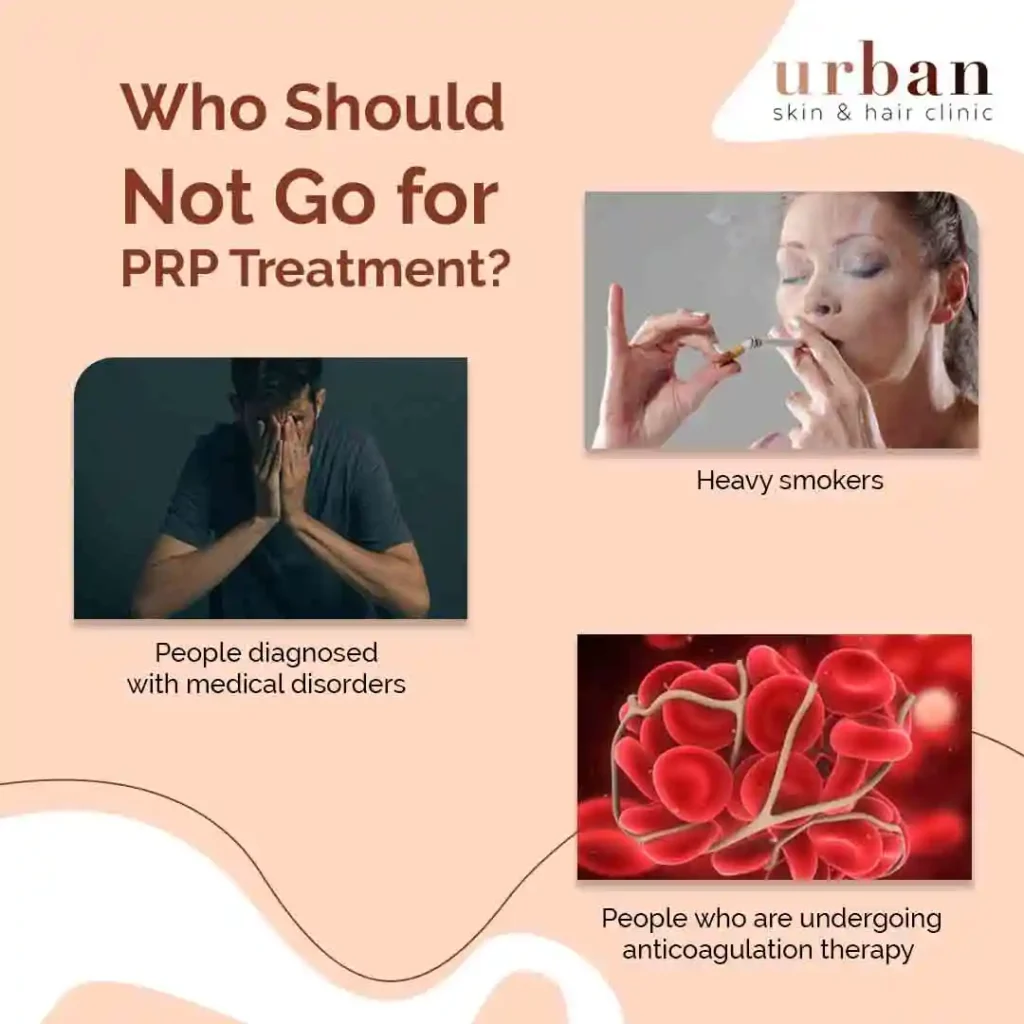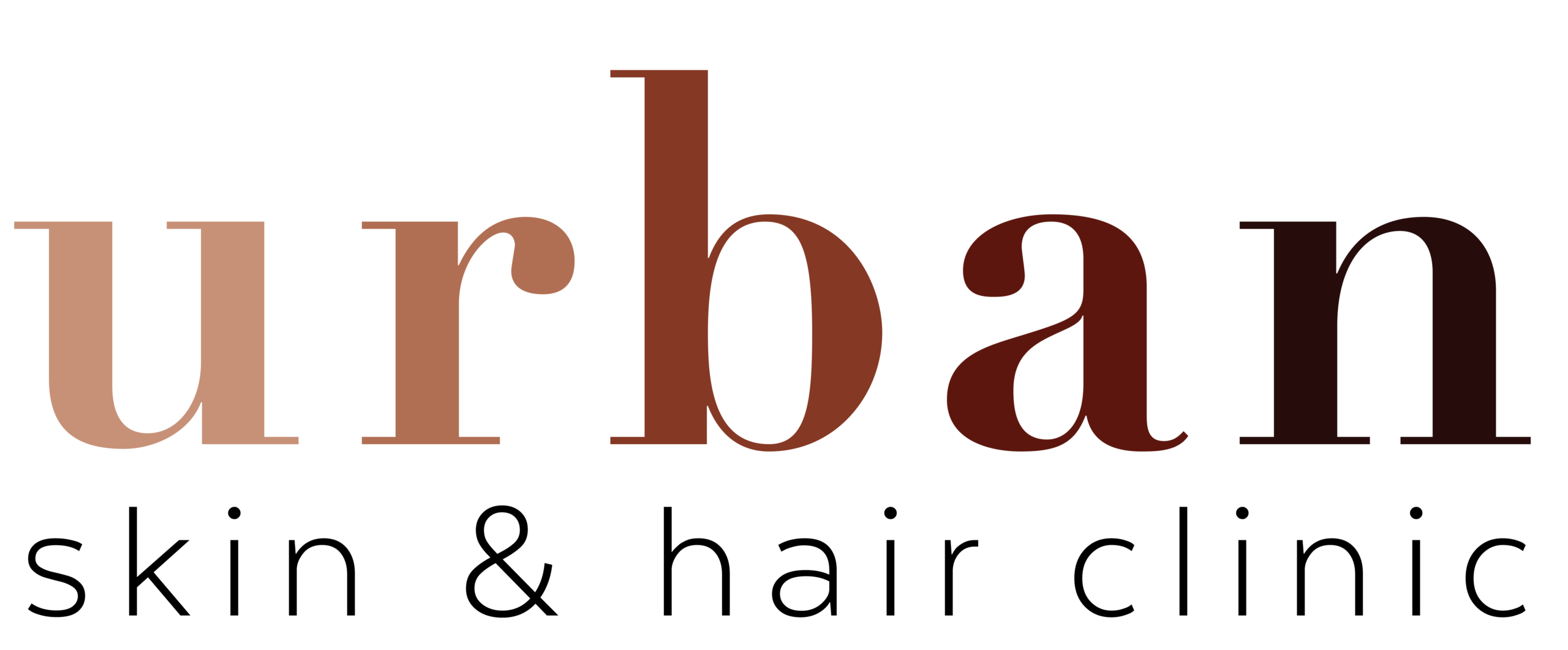
Introduction
Platelet-rich plasma therapy, also known as PRP, has emerged as an effective treatment for patterned hair loss, hair thinning, and receding hairline. This advanced procedure involves the use of concentrated plasma containing growth factors from the patient’s own blood, which is injected into the scalp to stimulate natural hair regrowth.
PRP therapy can lead to noticeable improvements in hair density and thickness, as well as a reduction in hair loss. Many patients report seeing results within a few months of treatment, with continued improvements over time. However, it is important to note that individual results may vary.
Things To Know About PRP Therapy For Hair
Availability of PRP Therapy for Hair
PRP therapy for hair is readily available in hair clinics, and it’s becoming increasingly popular due to its effectiveness in treating hair loss.
Pain and Safety of PRP Therapy for Hair
PRP therapy for hair is a minimally invasive procedure and is virtually pain-free. There are no significant side effects of PRP therapy like bleeding, allergy, or infection. Therefore, it is considered safe and suitable for most people.
Duration and Frequency of PRP Therapy for Hair
Trichologists recommend undergoing 6-8 sessions of PRP therapy at an interval of one month each. Each session typically lasts from an hour to an hour and a half.
Ideal Candidates for PRP Therapy for Hair
Anyone suffering from patterned hair loss or androgenetic alopecia can benefit from PRP therapy for hair. However, it’s essential to consult with your trichologist, who may recommend it after completing a thorough diagnosis by recording your medical history and conducting a trichoscopy. The minimum age for this treatment is 18 years.
Tests and Medications for PRP Therapy for Hair
A blood test is necessary before undergoing PRP therapy for hair. Your dermatologist may also prescribe ancillary medication to enhance the effectiveness of the treatment.
The Before and After Results of PRP Therapy
PRP therapy is a popular hair growth treatment because it produces noticeable results. The before and after pictures of PRP therapy show a remarkable improvement in hair growth. However, it’s essential to note that results may vary from person to person.
Before Results
Before undergoing PRP therapy, individuals may have experienced thinning hair, a receding hairline, and hair loss in certain areas of the scalp. They may have tried various hair growth products and treatments, but these may not have produced the desired results.
During PRP Therapy
During PRP therapy, the patient’s blood is drawn and processed to concentrate the platelets. The concentrated platelets are then injected into the scalp using a specialized technique. The procedure is relatively painless and takes about an hour.
After Results
After undergoing PRP therapy, individuals may experience noticeable hair growth, thicker hair, and a fuller head of hair. The before and after pictures depict a significant improvement in hair growth, especially in areas where there was hair loss. However, it’s important to note that results may take several months to become visible.
PRP Hair Treatment Procedure
Step 1- Collection Of Blood Sample
The first step of the PRP hair loss treatment process involves the collection of a blood sample. Your doctor will take a 20 ml blood sample from your arm, just like in a standard blood test. This sample will then undergo the next step of the process.
Step 2- Separation Of Platelets
Dermatologists use the centrifuge technique to separate platelets from the blood. The double spin method ensures the optimal concentration of platelets that are rich in growth factors. After placing the collected blood sample in a centrifuge, it will spin at high speed.
Step 3- Extraction and Activation Of PRP From The Blood
The third step in the PRP hair treatment procedure is the extraction and activation of Platelet Rich Plasma (PRP) from the blood. Doctors extract PRP from the remaining layers of Platelet Poor Plasma (PPP) and red blood cells in the tube. Trichologists then activate the growth factors in the plasma using an activating agent.
Step 4- Insertion Of PRP Into Affected Area With Injections
In the last step, dermatologists inject the PRP extracted from the blood safely into the affected area on the scalp with the use of microneedles. Before inserting the platelet-rich plasma, your dermatologist will administer local anesthesia into the scalp margin to avoid pain. PRP is injected into the areas of the scalp where hair growth is thinning or where hair loss is noticeable.


Before the PRP procedure
- Avoid taking any blood thinning medications or supplements for a few days before the procedure, as they can increase the risk of bleeding and bruising.
- Let your doctor know if you have any allergies or if you are currently experiencing any skin infections or diseases.
- Avoid alcohol consumption for a few days before the procedure as it can interfere with the effectiveness of the treatment.
- Make sure you are well hydrated by drinking plenty of water in the days leading up to the procedure.
After the PRP procedure
- Apply ice to the treated area to reduce swelling and discomfort.
- Avoid touching or rubbing the treated area for at least 24 hours after the procedure.
- Avoid strenuous exercise or activities that may cause sweating for the first few days after the procedure.
- Avoid taking any anti-inflammatory medications or supplements for at least 48 hours after the procedure, as they can interfere with the healing process.
- Drink plenty of water to stay hydrated and promote healing.


Side Effects of PRP Therapy
- PRP therapy is a minimally invasive treatment that uses an autologous blood sample, so it has minimal risk of significant side effects.
- The treatment may cause momentary pain, multiple pricks, and pinpoint bleeding, but a qualified dermato-trichologist may use local anesthesia to alleviate discomfort.
- Soreness and redness at the site of injections are common side effects of PRP therapy.
- Some patients may experience heaviness in the head, which can be relieved with analgesics and usually subsides within an hour.
- Pregnant and early lactating women should avoid PRP treatment.
- To ensure optimal hair regrowth results and minimize complications, choosing a reputable hair clinic with qualified practitioners who perform the treatment in a sterile environment is essential.
- PRP therapy is the safest non-surgical method for treating acute hair thinning and reversing balding. If you’re experiencing a receding hairline or increasing hair loss, consult an experienced trichologist to determine if PRP treatment suits you.
Who Should Not Go for PRP Treatment?
- Heavy smokers should avoid PRP hair treatment.
- People diagnosed with medical disorders such as platelet dysfunction syndromes, thrombocytopenias, hypofibrinogenaemia, hemodynamic instability, sepsis, acute infections, chronic liver disease, and cancer should not go for PRP treatment.
- PRP treatment is not advisable for those undergoing anticoagulation therapy and those on blood thinners.

PRP Hair Loss Treatment Cost in India
The cost of PRP hair loss treatment in India typically ranges between Rs.4,500 to Rs.15,000 per session in various hair clinics. The final price of treatment may vary depending on several factors, such as the experience of the dermatologist or the reputation of the clinic, the quality of equipment used for the procedure, and the number of sessions required for the treatment.
The average cost of PRP hair treatment in India per session
City | Minimum | Maximum |
Hyderabad | Rs. 6000 | Rs. 12,000 |
Bangalore | Rs. 6000 | Rs. 13,500 |
Chennai | Rs. 6000 | Rs. 12,500 |
Pune | Rs. 5000 | Rs. 14,000 |
Kolkata | Rs. 5000 | Rs. 13,000 |
Kochi | Rs. 6000 | Rs. 12,000 |
Vizag | Rs. 4000 | Rs. 11,500 |
Mumbai | Rs. 5000 | Rs. 14,000 |
Delhi | Rs. 5000 | Rs. 15,000 |
Consult a Specialist Today
Many of the techniques for preventing pimples may also be used to cure them. Eating well, avoiding stress, and not popping pimples may help manage zits and reduce their length. If your acne continues despite your best efforts, you may need prescription acne treatment. Consult your dermatologist if you’re uncertain about treatment.
FAQ for PRP hair loss Treatment
Why Urban Skin and Hair Clinic

TEAM OF CERTIFIED DERMATOLOGISTS

US-FDA APPROVED EQUIPMENTS

HIGHLY STANDARDISED PROTOCOLS

1 LAKH + HAPPY CLIENTS
Results of PRP Therapy for Hair Before & After
The results of PRP therapy for hair are visible after three months of undergoing the first session. Patients can expect a significant reduction in hair loss and hair thinning. PRP therapy also promotes hair regrowth, resulting in thicker and healthier hair.

Problem; crown baldness
Procedure: PRP



